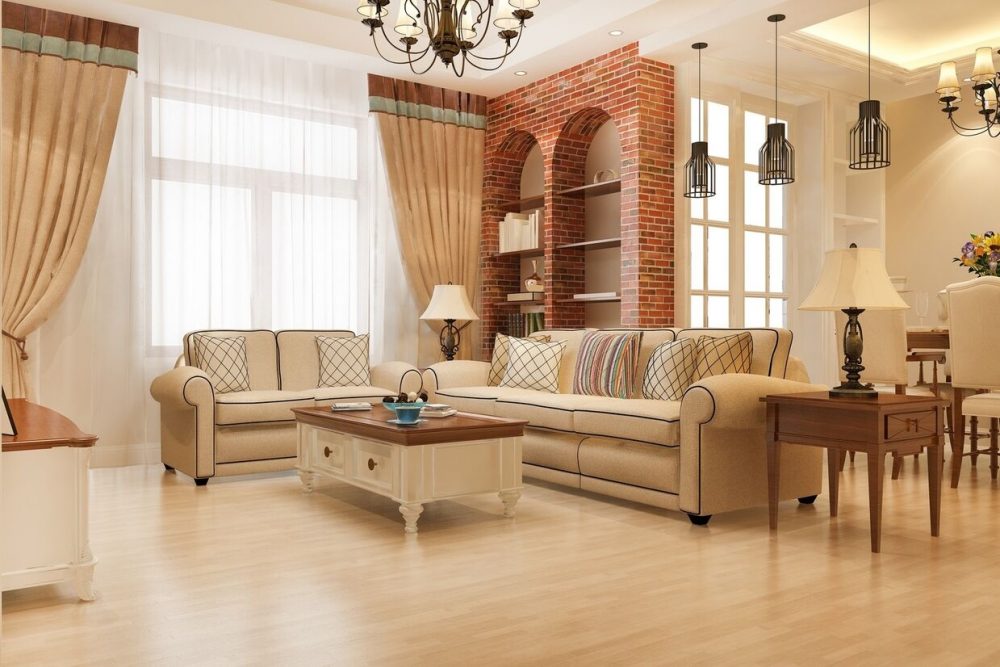
Modern homes in India are changing fast. Clean lines. Subtle colours. Mixed textures. But one material that continues to add warmth and richness is wood. And the smartest way to bring wood into interiors today? Decorative veneers. They look and feel like solid wood but are far more flexible. The trick is knowing where to use them-and when to stop.
Veneer sheets can make a room feel premium without crowding it. They bring that natural touch but don’t need the heavy maintenance of hardwood. And in a climate like ours, where humidity and temperature fluctuate, veneers offer stability with style
Start with Statement Surfaces, Not Every Wall
You don’t need veneer on every surface. That’s where many people go wrong. Veneers work best as high-impact highlights. Think of one wall in the living room. The wardrobe shutters in a master bedroom. Or the headboard panel that runs behind the bed. These spots carry the weight of design and deserve something special.
Using decorative veneers in just one or two key areas lets the wood grain shine without overwhelming the space. You get richness, not repetition.
Living Rooms Are the Best Place to Begin
If you’re using veneer sheets for the first time, start with the living room. A veneer-finished TV panel, console unit, or backdrop wall sets the tone. It adds depth to neutral spaces. And when paired with lighter flooring or solid-colour furniture, it anchors the room.
This works especially well in Indian apartments where the living space is often open to the dining area. A dark walnut or teak veneer sheet behind the TV instantly makes the space look put together.
Bedrooms Call for Calm, Not Clutter
In bedrooms, veneer works best on the wardrobe or the headboard. Not both. Decorative veneers have strong grains and tones. If you overuse them, the room can feel heavy. Stick to one area and balance it with softer materials-fabric panels, pastel walls, or simple curtains.
For kids’ rooms or guest rooms, lighter veneer shades like ash or oak help keep the vibe fresh without making the space look too serious.
Dining Areas Need Texture, Not Shine
You don’t need high gloss in every part of the house. In dining areas, a matte-finish decorative veneer works better. It adds warmth to the table area and matches most crockery and decor styles. A sideboard or crockery unit in veneer can also double as a design element and storage solution.
Because dining zones in Indian homes often connect to the kitchen, veneer sheets help create a visual divide, especially when kitchens use laminate or glass finishes.
Veneers Work in Small Spaces Too
Don’t assume veneers are only for big homes. Even small flats can use veneer cleverly. A narrow hallway with a vertical veneer panel and warm lighting. A shoe rack with a veneer-finish top. A study nook with a desk in oak veneer.
These touches don’t take up much room. But they change how the space feels. Veneer brings in warmth. Even in places where you didn’t think it mattered.
Avoid Veneers in Wet or Rough Zones
Some areas in the house are just not meant for veneers. Bathrooms, balconies, utility zones-places that face moisture, steam, or daily spills. Even the best veneer sheets won’t last here unless fully sealed and protected. And even then, it’s a risk.
In these zones, stick to laminates or tiles. Let veneers shine where they can be seen and maintained easily.
Pair Veneers with Neutral Tones for Balance
Veneer sheets work best when they’re not competing with too many colours or patterns. Think beige, grey, white, or soft pastels on the wall. Upholstery in solid colours. Light curtains. This lets the natural grain of decorative veneers stand out.
You don’t need to do much. Just a few well-chosen panels can make the entire space feel elevated.
Use Veneers to Tie Your Design Together
If you’re working with an open layout, you can use the same veneer shade in small touches across rooms. A panel in the foyer. A dining console. A wardrobe handle. All in the same veneer finish. This creates a subtle sense of continuity.
And if you like contrast, pair dark veneers with white marble or lighter wood tones. That’s how you create visual depth without clutter.
Conclusion
Decorative veneers are powerful design tools. But like all good things, they work best in moderation. Veneer sheets give your home that natural, premium finish, without making it feel too heavy or too busy. You just need to know where to place them. If you’re ready to bring this balance into your home, trust CenturyPly to provide veneer solutions that elevate your interiors with elegance and ease.







